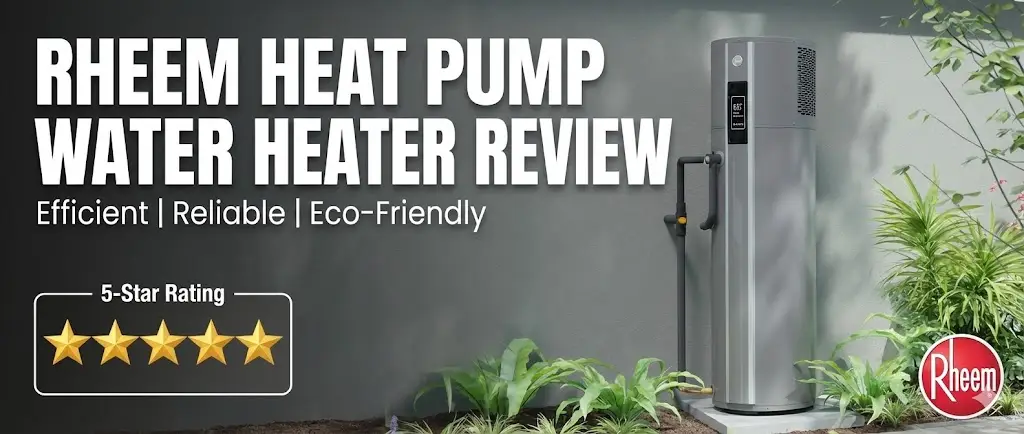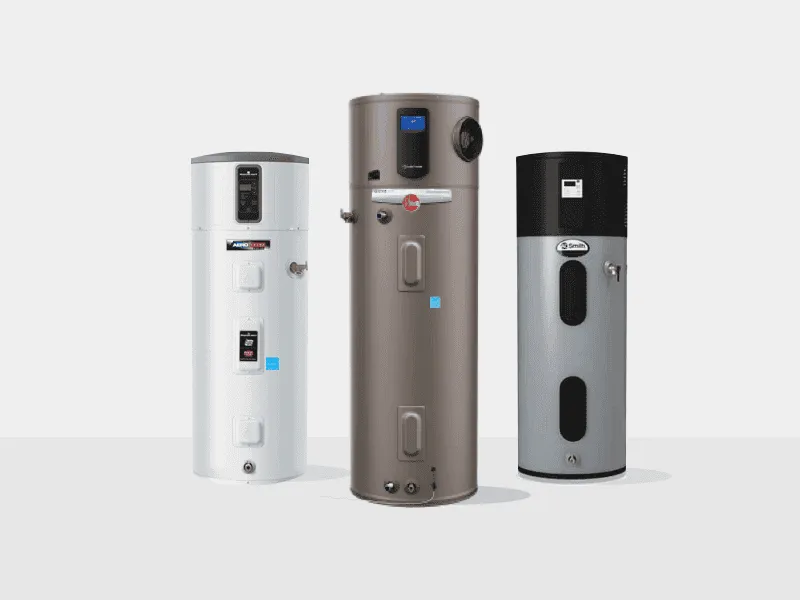
Power bills linked to heating water have long been a silent killer of household budgets, consistently ranking as the second-largest […]

It’s a breezy Sunday morning.
The smell of eucalyptus mingles with the scent of sizzling bacon. Birds chatter above as your home quietly hums with life. The kettle boils.
The shower steams. But something has changed; you’re no longer relying on old, gas-guzzling hot water. Instead, your home is powered by a quiet, energy-efficient heat pump.
In 2025, heat pumps aren’t just for eco-warriors.
They’re becoming the go-to choice for everyday Aussies.
From state rebates to rising electricity prices and climate concerns, households are making the switch. This is more than a tech trend. It’s a national transformation. And the numbers prove it.
Let’s get right into it and explore why heat pump hot water is becoming the standard in Australia.
A heat pump hot water system functions in the same way as a fridge in reverse. Rather than cooling the air around it, it pulls heat from the air around it and then uses that heat to heat water.
Heat pumps are designed to use heat; thus, they are very energy efficient, consuming up to 70% less electricity than a standard electric system.
You can think of it like solar power, without actually needing direct sunlight.
Even in cooler climates, think Tasmania, heat pumps will continue to supply you with reliable hot water with virtually no energy use.
In 2025, Australia is experiencing a record uptake of heat pumps. The Clean Energy Regulator states that the number of houses converting to energy-efficient water heating has doubled since 2022.
A 2025 report from the Climate Council shows that heat pump adoption is growing faster than rooftop solar did in its early years.
Cost savings are a huge factor. Traditional electric or gas hot water systems can cost over $1,000 annually to run. A heat pump slashes that figure by up to 70%.
Environmental impacts are also a driver for change.
Water heating can comprise approximately 23% of residential energy consumption – an electric heat pump can reduce household emissions by as much as 1.5 tonnes per year.
Grid resilience is another reason for the change. As Australia moves away from gas, heat pumps can help manage peak load on electricity networks.
In some cases, households pay as little as $0 upfront. Providers like E-Green and iStore often handle rebate processing, making the transition frictionless.
Certain areas are emerging as heat pump hotspots:
A 2025 market analysis by Solar Analytics revealed that postcodes with the highest rooftop solar penetration are now leading in heat pump installations.
Without rebates, a heat pump system may cost $2,500–$4,000, including installation. But with government programs, out-of-pocket expenses drop dramatically.
Typical scenarios:
Payback period? Often just 2 to 4 years, after which the savings stack up.
Today’s heat pumps are smarter than ever:
Brands like iStore, Reclaim Energy, and Stiebel Eltron lead the way with highly efficient, low-maintenance units.
“Heat pumps are no longer the future, they’re the now,” says Michael Liu, energy consultant with over 15 years in sustainable systems. “Every major city council is pushing for gas phase-outs, and heat pumps are leading that charge.”
Licensed plumber Jess Martin agrees. “We’re seeing double the heat pump installs compared to two years ago, especially in retrofits where people are ditching gas.”
These voices echo across the country.
Experts agree: heat pumps are a smarter, safer, and cleaner way to heat water.
When Amy and Luke Thompson built their home in Wagga in 2023, they installed a gas hot water system out of habit. But after seeing winter bills soar, they switched to a heat pump with help from a local installer.
The result? Their hot water costs dropped by 68%.
“We didn’t realise how easy it would be. The rebate covered most of it, and now we’re saving hundreds every year,” says Amy.
Analysts predict that by 2030, over 70% of Australian homes will use heat pump hot water. As gas systems are phased out and energy prices fluctuate, demand will continue to rise.
Builders and developers are now including heat pumps as standard in green home packages.
Despite their benefits, heat pumps are still misunderstood.
Some people believe they only work in warm climates.
Others worry about upfront costs. But the truth is, modern systems work in temperatures as low as -10°C; perfect for areas like Canberra and Tasmania.
The initial investment is now majorly covered by rebates and lower energy bills. Furthermore, state and federal programs have made it easy to acquire low-interest financing.
As consumer education improves, these myths are ultimately being replaced by experience and trust.
Heat pump hot water systems aren’t just a 2025 trend. They’re a smart, sustainable shift in how Australians live.
With massive rebates, advanced tech, and real household savings, it’s no surprise we’re embracing them in droves.
No matter where you live, now is the time to make the switch. Because the future of hot water is already here, and it’s humming quietly in your backyard.
Yes. Most states offer rebates, often covering up to 80-100% of costs.
No. Most units run between 37 and 45 decibels, quieter than a fridge.
Around 10 to 15 years with proper maintenance.
iStore, Reclaim Energy, and Rinnai are highly rated in 2025.